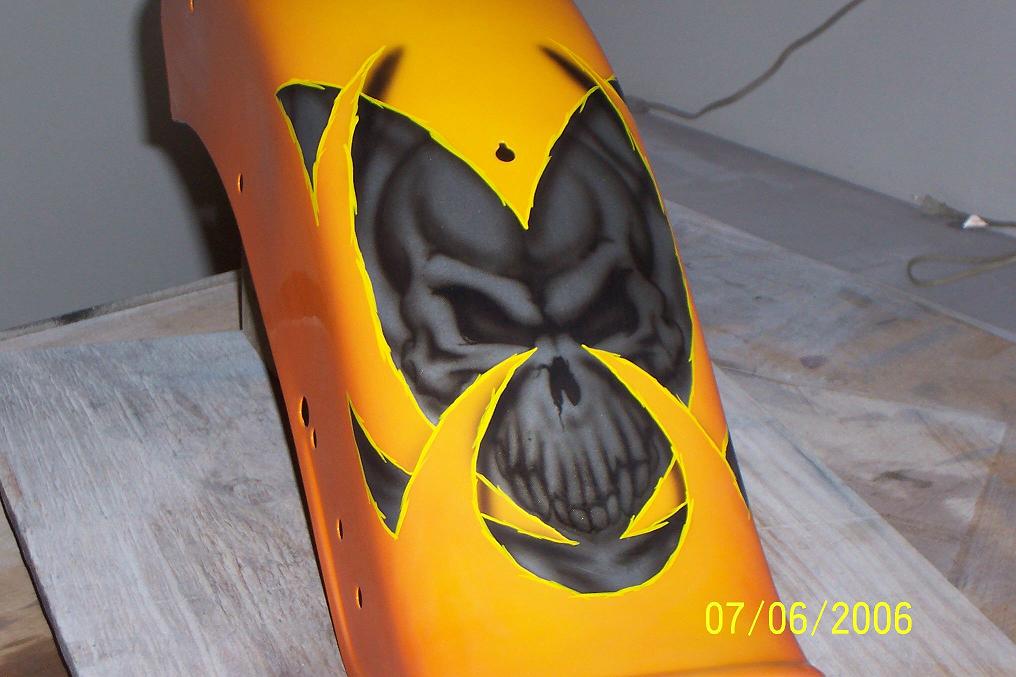
 |
|
||||||||||||
|
|
|||||||||||||
|
|
|||||||||||||
|
|
|||||||||||||
|
Convection drying chambers Convection drying chambers blow hot air onto coated workpieces. The hot air enters the convection drying chamber through a system of discharge ducts. To save heat, the hot air is drawn into the exhaust air ducts after blowing on the product, heated and then fed back into the drying chamber. Due to the constant circulation of air in the drying chamber, the temperature inside the chamber remains constant. Air can be heated by steam, electricity (in special heaters). Another option is the heating of air in furnaces due to its mixing with the combustion products of natural gas. But the latter method is used rather rarely, since combustion products can have a negative impact on the painted surface. Drying chambers of through-type are equipped with two ventilation units: recirculation and exhaust. This is necessary in order to maintain the concentration of solvent vapors in the drying chamber at an acceptable level. The ventilation exhaust unit must perform the following functions: - Suction the air that escapes from the chamber through open openings; - maintain the concentration of solvent vapors at a certain level (not higher than 50% of the lower explosive limit, while taking into account the unevenness of evaporation); - in gas-heated drying chambers, the amount of exhaust air must be equal to the volume of air with combustion products coming from the furnace. Part of the air contaminated by solvent vapors is exhausted from the drying chamber into the atmosphere. This is necessary to maintain the maximum permissible concentration of solvent vapors in the chamber. Compressed air replaces the air ejected into the drying chamber through open openings. If the chambers are gas-heated, the air enters from the furnace mixed with the products of combustion. In batch chambers (in which the openings are closed during drying) and in chambers with electric and steam heating (if a small amount of air escapes through the open open openings), fresh air enters through special filters from the room. The filters are located in the system of suction ducts. The air polluted with solvent vapors is discharged into the atmosphere through the exhaust air duct (it is located behind the fan in front of the heater). The air is blown into the drying chamber from below. This is necessary for uniform distribution of air in the chamber. The suction takes place evenly over the entire surface in the upper part of the drying chamber. If the temperature in the drying chambers does not exceed 100 - 120 ° C, then as heat carriers can be used: natural gas, electricity and steam with excess pressure. At higher temperatures (from 110 ° C) steam is not used. Economically more profitable fuel is not electricity, but natural gas, which is many times cheaper. But gas-heated drying chambers have greater thermal inertia. The combustion products of gases that do not contain sulfur compounds can be used as a heat transfer medium. |
|
|
|
|
|
|
|
| Site Map |